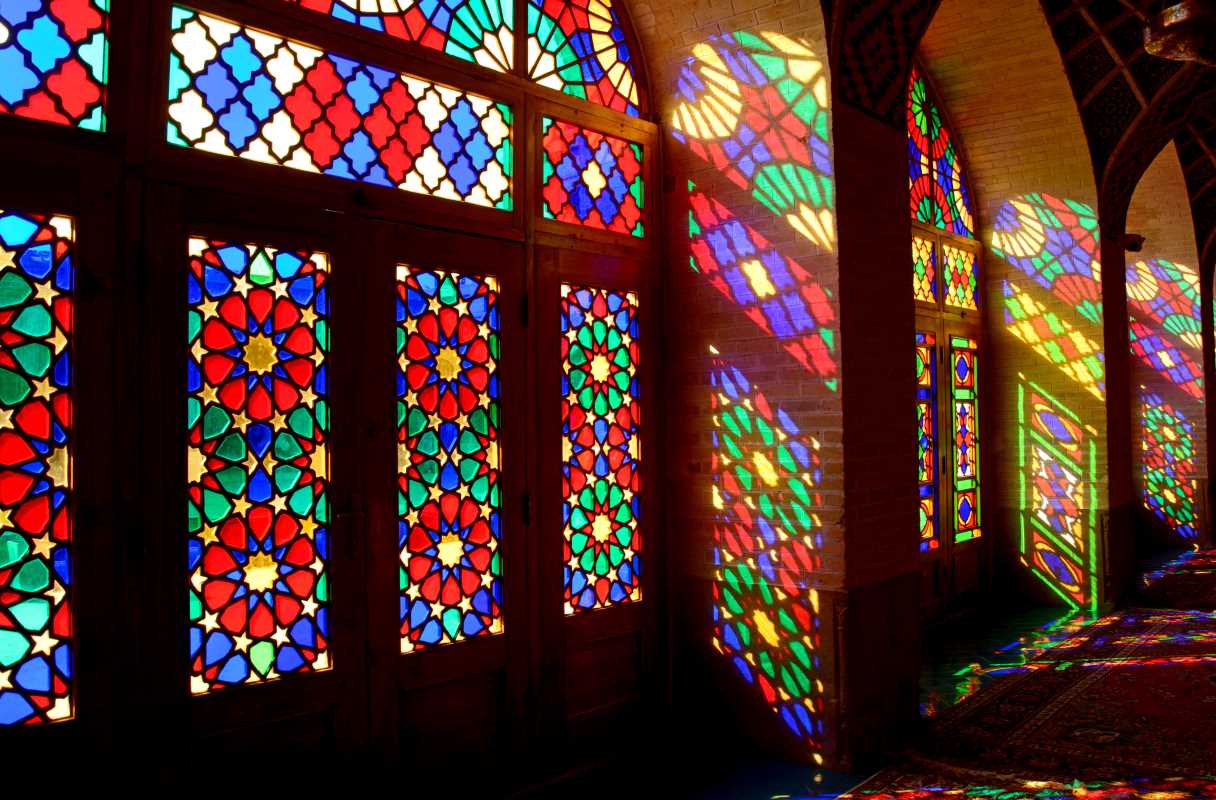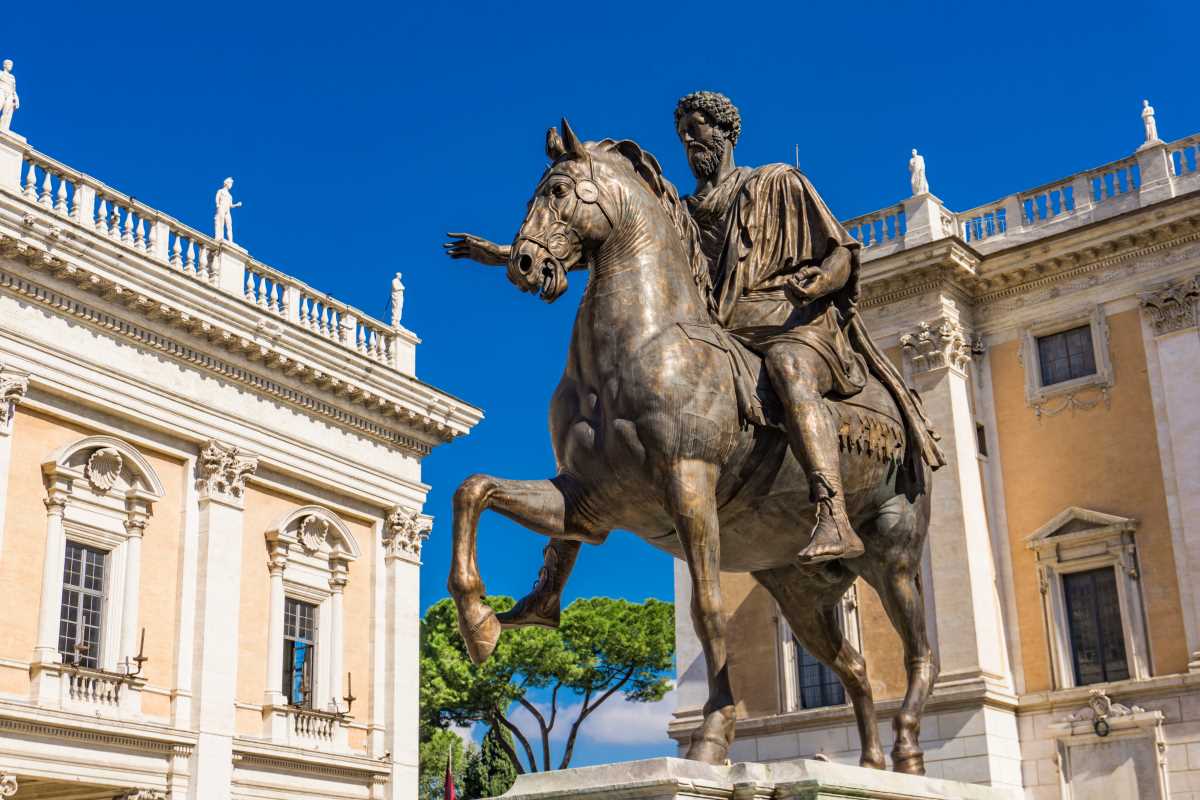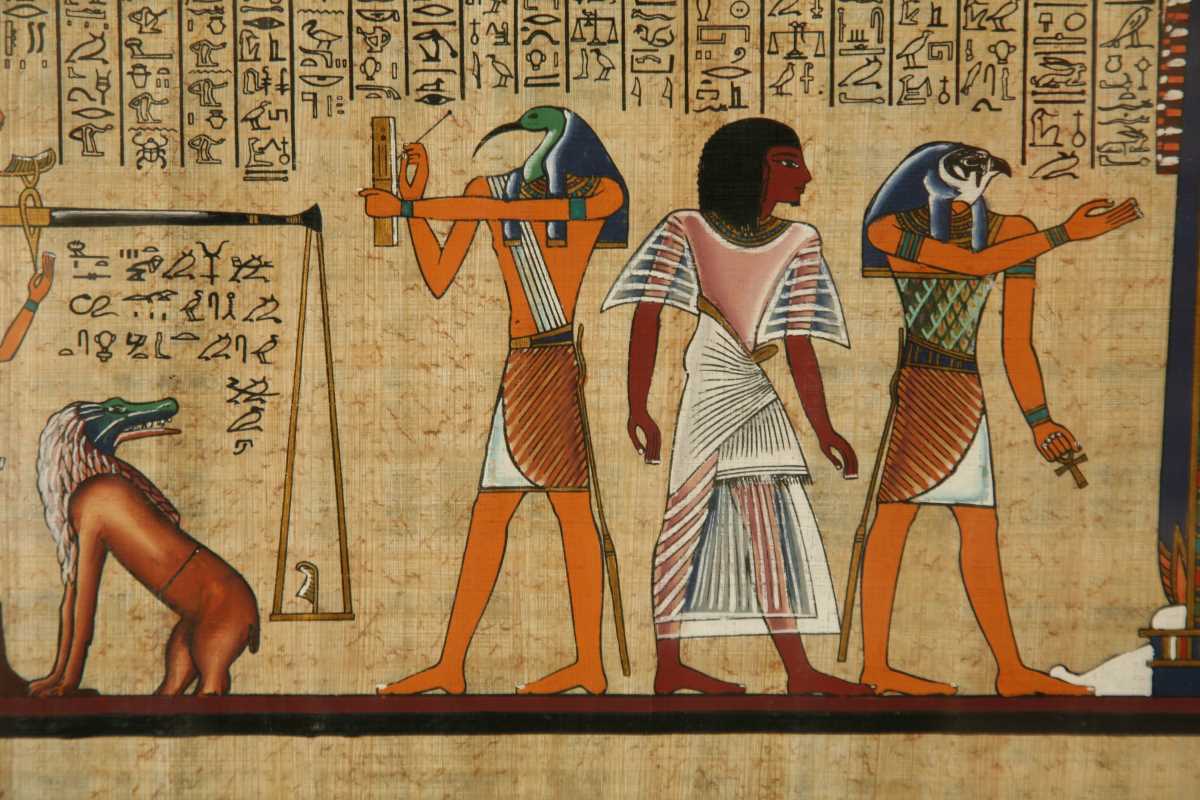Stained glass is more than just colorful windows; it’s a vibrant art form that has been captivating people for centuries. From its origins in medieval cathedrals to the abstract works of contemporary artists, stained glass tells stories, symbolizes spiritual ideas, and adds beauty to both sacred and secular spaces.
But how did this intricate art form come to be? What techniques were used to bring such dazzling colors to life? And how has stained glass evolved from being a hallmark of Gothic architecture to finding its way into modern galleries and homes? This article takes a closer look at the fascinating history of stained glass, breaking it down into its major periods and innovations.
Before we jump into its history, it helps to understand what stained glass actually is. At its core, stained glass involves pieces of colored glass being arranged to create images or patterns. These pieces are held together by strips of lead and often surrounded by a sturdy metal frame.
The “stained” part refers to the way artists use metallic compounds to color glass. For example, cobalt produces blue, while gold can result in a rich, ruby red. Light passing through the glass brings these colors to life, creating the glowing effect that stained glass is famous for.
Now that we know the basics, let’s explore how this incredible art form developed over time.
The Birth of Stained Glass in Gothic Cathedrals
Stained glass truly came into its own during the Gothic period, which lasted from the 12th to the 16th century. Though colored glass had been used in earlier Roman and Byzantine times, it was during the construction of Gothic cathedrals that the medium flourished.
Spiritual Significance
For medieval Christians, cathedrals weren’t just places to worship; they were also places to experience divine beauty. Stained glass windows played a huge role in creating this sense of awe. The glowing colors and intricate designs were intended to inspire worshippers by simulating the light of Heaven.
These windows often depicted biblical stories and saints’ lives. Since most people in the Middle Ages couldn’t read, stained glass acted as an educational tool, teaching important lessons through imagery.
Famous Examples
Some of the most iconic examples of Gothic stained glass can be found in cathedrals like Chartres and Notre-Dame in France. The rose window at Chartres Cathedral, for example, dazzles with its vivid blues and delicate floral patterns. Each section tells part of a story, like chapters in a book, coming together to create a stunning visual narrative.
Techniques and Innovations
Creating stained glass isn’t simple. Artists throughout history have used specific techniques to craft these windows, and many of those methods are still in use today.
How It’s Made
The process begins with sheets of glass, which are cut into specific shapes based on a design. Each piece is then colored, often by adding metallic oxides during the glassmaking process or by painting details on the surface with enamel. These pieces are fitted together using lead strips called cames, then soldered and reinforced for stability.
The use of light is just as important as the craftsmanship. By carefully considering how sunlight interacts with the glass, artists create dynamic visuals that shift throughout the day.
Advances in Color and Detail
During the Gothic period, advancements in glass coloring expanded the artist’s palette. This period also saw the introduction of silver stain, which could add shades of yellow or gold. Later, in the Renaissance, painted details became more common, allowing for finer and more realistic imagery.
Stained Glass in the Renaissance and Beyond
By the Renaissance, the Gothic love for grand stained glass began to fade as architectural styles changed. The emphasis on natural light and classical symmetry meant fewer ornate windows and more reliance on other art forms, like frescoes. However, stained glass didn’t disappear completely.
Secular Use
During this time, stained glass began appearing in non-religious contexts, such as manor houses or civic buildings. These windows often featured coats of arms or decorative patterns rather than religious imagery.
Revival in the 19th Century
Fast forward to the 19th century, and stained glass experienced a revival thanks to the Gothic Revival movement. Artists like the English designer William Morris embraced medieval craftsmanship, using traditional techniques to create new windows for churches and homes alike. This period also saw a rise in secular, decorative stained glass, especially in Victorian interiors.
Louis Comfort Tiffany and Art Nouveau
One name that stands out in the history of stained glass is Louis Comfort Tiffany. Known for his work in the late 19th and early 20th centuries, Tiffany transformed stained glass into a fine art form, blending it with the fluid lines and organic shapes of the Art Nouveau movement.
The Tiffany Technique
Tiffany pioneered a method called copper foil assembly, which allowed for greater detail and a wider variety of shapes than traditional lead came construction. His famous lamps, with their intricate floral and peacock motifs, remain highly sought after today.
Expanding the Art Form
While Tiffany drew on centuries-old techniques, he also pushed stained glass into new territories, creating standalone works of art rather than just functional windows. This approach laid the groundwork for stained glass to move beyond religious spaces and into galleries and homes.
Stained Glass in Modern Art
Today, stained glass continues to evolve. Modern artists use it not only to decorate buildings but to explore abstract ideas and challenge traditional notions of what stained glass can be.
Abstract and Contemporary Design
Instead of strictly following historical styles, modern stained glass often embraces abstract designs. Artists like Marc Chagall brought vibrant color and surreal imagery to stained glass in the 20th century, creating works that were more about personal expression than traditional storytelling.
One example is Chagall’s windows for the Hadassah Medical Center in Jerusalem, which depict the Twelve Tribes of Israel using a dreamlike palette and fluid forms.
Public Art and Installation
Stained glass has also become a medium for large-scale public art projects. Modern structures, like the Glass Pavilion at the Toledo Museum of Art, show how architecture and stained glass can merge to create spaces that feel luminous and alive.
 (Image via
(Image via




